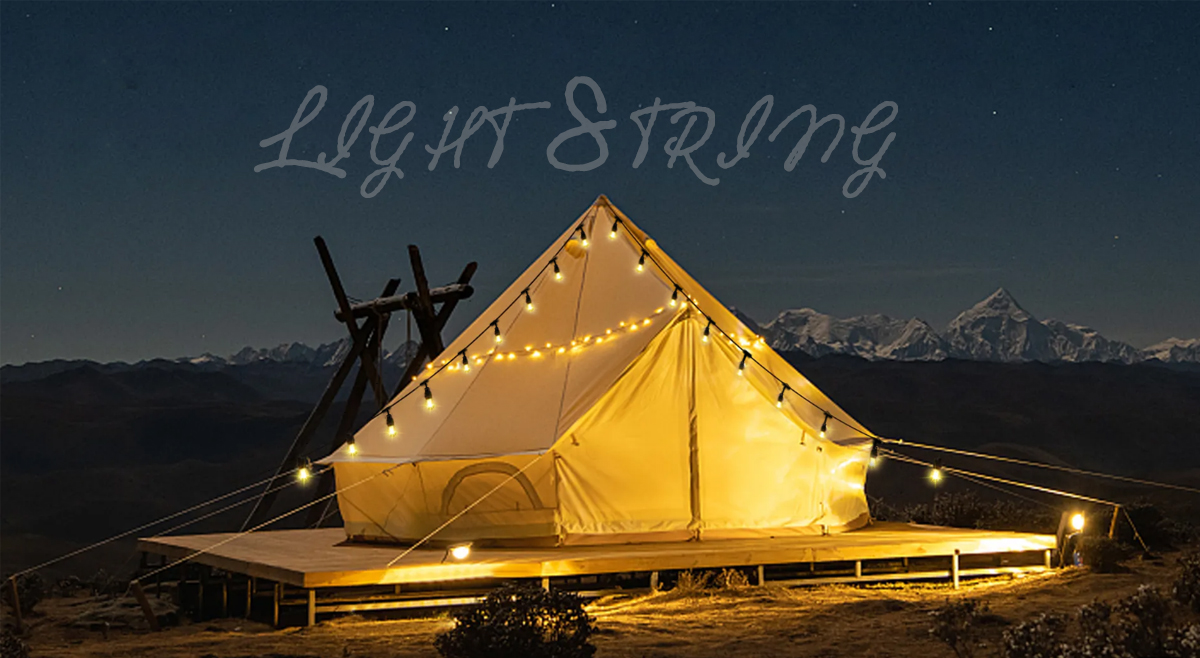How to Connect Lights in Series
When it comes to creating a cohesive and visually appealing lighting design, connecting lights in series can be a practical and effective solution. Whether you are setting up a string of fairy lights for a cozy evening at home or designing a lighting display for a special event, understanding how to connect lights in series is crucial. In this article, we will delve into the details of connecting lights in series, including the necessary electrical connections and lighting design considerations.

First and foremost, it's essential to understand what it means to connect lights in series. When lights are connected in series, the current flows through each light in sequence. This means that the same current passes through all the lights, and if one light goes out, the entire circuit will be interrupted. This is in contrast to connecting lights in parallel, where each light is connected to the power source independently, allowing them to function individually.
To connect lights in series, you will need to use the appropriate electrical connections. One method of creating a series connection is to use a loop-in ceiling rose. This involves connecting the live, neutral, and earth wires from the power supply to the first light fixture, then looping the live and neutral wires to the next light fixture, and so on. It's important to follow proper wiring techniques and safety precautions when making electrical connections to ensure the safety and functionality of the lighting installation.
In addition to the technical aspects of connecting lights in series, it's also important to consider the lighting design implications. When planning a series lighting arrangement, you'll need to think about the desired layout, spacing between lights, and overall visual impact. For example, if you are using string lights for outdoor decor, you may want to create a cascading effect by hanging the lights in a zig-zag pattern. On the other hand, if you are designing a series of pendant lights for a dining area, you'll need to consider the distance between each fixture and the overall illumination of the space.

Furthermore, connecting lights in series opens up opportunities for creative lighting designs. By strategically placing lights and controlling the flow of current, you can create unique patterns and effects. For instance, by incorporating dimmer switches or smart lighting controls, you can adjust the brightness and intensity of the lights to suit different moods and occasions. This level of flexibility and customization is one of the advantages of connecting lights in series, allowing you to tailor the lighting design to your specific needs and preferences.
In conclusion, knowing how to connect lights in series is a valuable skill for anyone involved in lighting design and installation. By understanding the electrical connections and considering the design implications, you can create stunning lighting arrangements that enhance the ambiance of any space. Whether you're a DIY enthusiast embarking on a home lighting project or a professional designer orchestrating an elaborate lighting display, mastering the art of connecting lights in series will enable you to bring your creative visions to life.


viber

skype

whatApp

telegram


 France
France
 Spain
Spain
 Portugal
Portugal